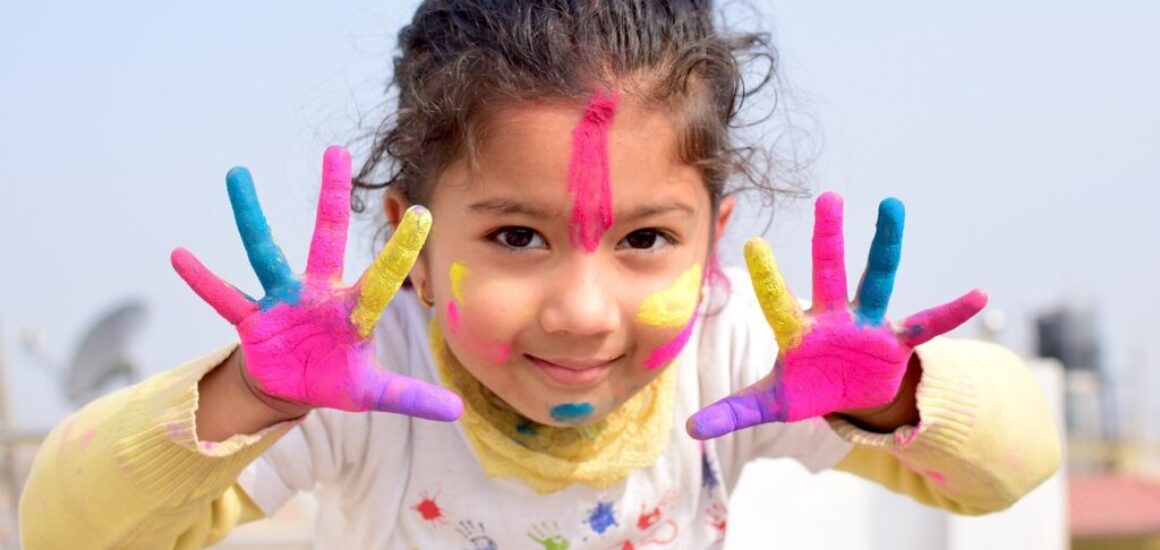Drawing and coloring activities in preschool play a significant role in human development, contributing to various aspects of a child’s growth. Here’s a breakdown of the importance of these activities and their impact on human development:
1. Cognitive Development
- Enhances Creativity: Drawing and coloring stimulate imagination and creative thinking.
- Improves Problem-Solving Skills: Deciding what to draw and how to color it fosters critical thinking and decision-making.
- Concept Understanding: Helps children grasp concepts like shapes, sizes, colors, and spatial relationships.
2. Motor Skills Development
- Fine Motor Skills: Holding crayons and brushes enhances hand-eye coordination and dexterity.
- Hand Strength: Regular drawing activities strengthen the muscles in the hands and fingers.
- Coordination: Improves overall hand and finger coordination necessary for writing.
3. Emotional Development
- Self-Expression: Allows children to express their feelings and thoughts in a non-verbal way.
- Stress Relief: Engaging in coloring and drawing can be a calming activity that reduces anxiety.
- Confidence Building: Completing a drawing or coloring project can boost a child’s self-esteem.
4. Social Development
- Sharing and Cooperation: Group drawing activities teach sharing of materials and collaborative working.
- Communication Skills: Discussing their artwork with peers and adults improves verbal communication.
- Understanding of Social Roles: Through drawing, children can explore and understand different social roles and scenarios.
5. Academic Preparation
- Pre-Writing Skills: Drawing lines and shapes is a precursor to writing letters and numbers.
- Focus and Attention: Activities that require concentration help in developing attention span.
- Memory Development: Recalling what they want to draw and the details involved enhances memory.
6. Cultural Awareness
- Exposure to Art: Learning about different styles and types of art introduces children to various cultures.
- Cultural Expression: Children can depict scenes from their own culture, fostering a sense of identity and belonging.
7. Language Development
- Vocabulary Expansion: Talking about their drawings introduces new words and concepts.
- Narrative Skills: Creating stories based on their drawings enhances storytelling abilities.
8. Sensory Development
- Color Recognition: Identifying and using different colors aids in sensory processing.
- Texture Awareness: Experiencing various textures (crayons, paint, paper) enhances sensory perception.
9. Critical Thinking and Planning
- Sequential Thinking: Planning what to draw first and what next teaches children about sequences.
- Analytical Skills: Analyzing shapes and proportions while drawing enhances analytical thinking.
Summary
Drawing and coloring are more than just fun activities for preschoolers. They are vital tools for comprehensive development, impacting cognitive, motor, emotional, social, academic, cultural, language, sensory, and critical thinking skills. Encouraging these activities helps lay a solid foundation for future learning and personal growth.

